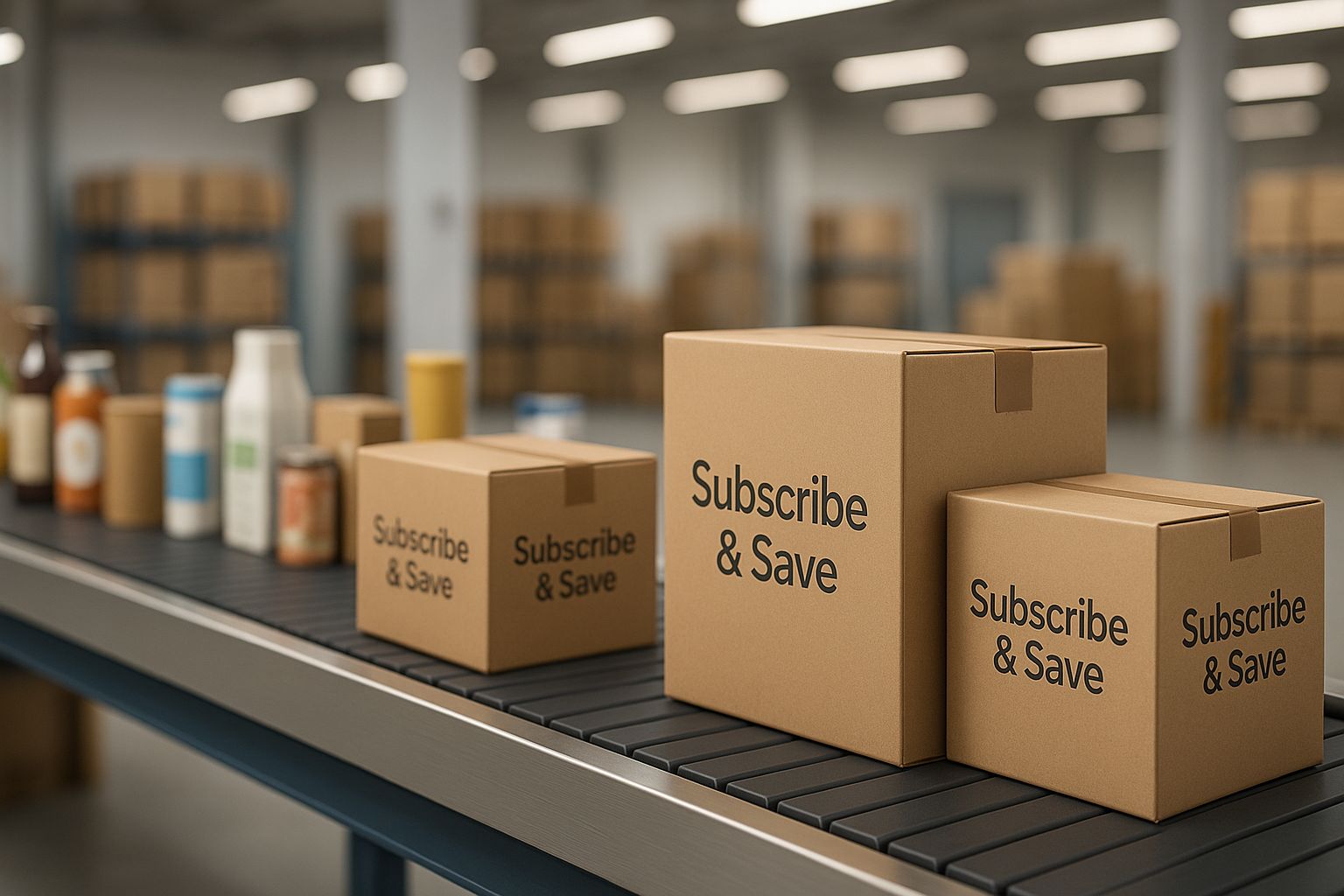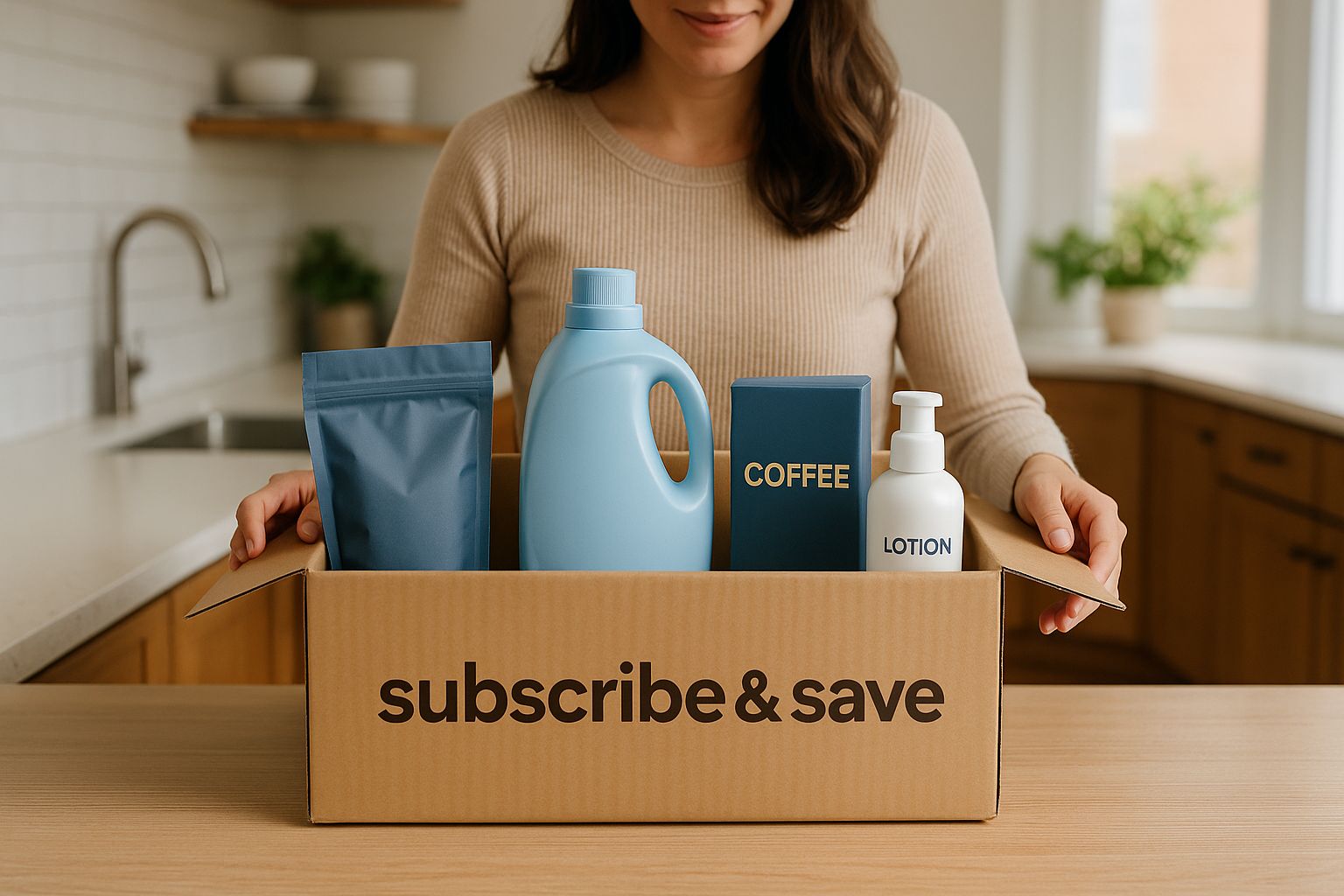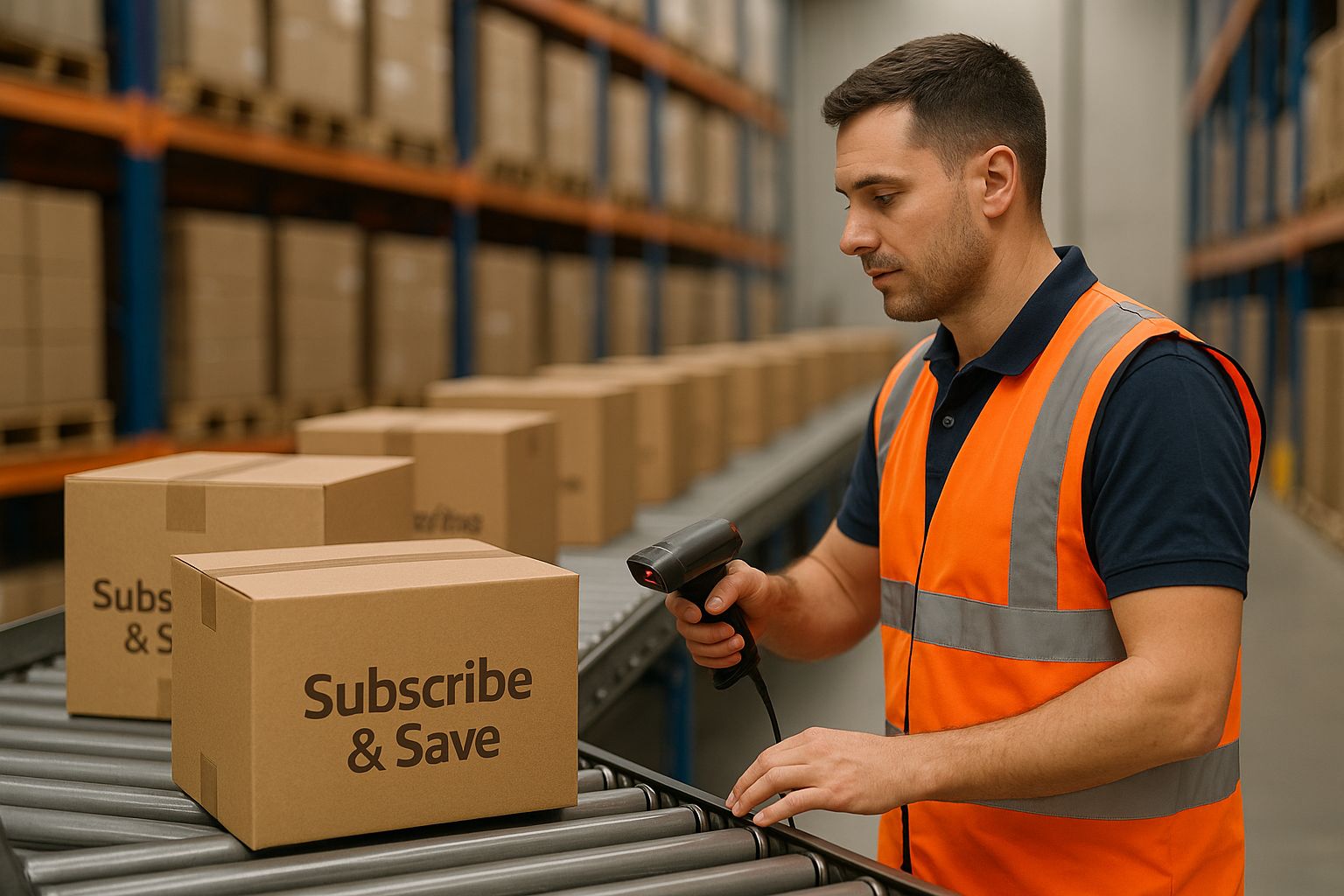
Subscription and replenishment models are transforming CPG strategies in 2025.
Subscription and replenishment models are reshaping the consumer packaged goods (CPG) industry in 2025 by creating predictable revenue,boosting customer loyalty, and improving supply chain efficiency. Brands must focus on flexibility, retention, and operational readiness to stay competitive and avoid churn¹,².
Consumers are rethinking how they buy everyday goods. From pantry staples to personal care, more shoppers are opting for subscription and replenishment options. For brands, this isn’t a passing fad - it’s a structural shift in how revenue is generated and customer loyalty is built. If you’re a CPG brand, 2025 is the year to move beyond experiments and start scaling.
A subscription model involves recurring payments for access to products or services. These can range from curated boxes to memberships, but replenishment is the clearest fit for everyday consumables. Think razors,coffee, or pet food — products customers need regularly and don’t want to risk running out of¹.

The push toward subscriptions comes down to customer expectations and business stability. Today’s consumers expect brands to anticipate their needs. A set-and-forget model provides the frictionless shopping they crave². At the same time, recurring revenue helps companies withstand uncertain markets³.
For brands, these models also boost customer lifetime value.A subscriber who stays engaged for months or years offsets the high cost of customer acquisition⁴. Add to that the global momentum - analysts forecast continued double-digit growth for subscription commerce through 2030⁵, and it’s clear this is no longer a niche play.
The upside is clear, but execution isn’t simple. One of the biggest hurdles is churn. Even with products people use daily, customers will cancel if subscriptions feel rigid or repetitive¹. That’s why flexibility — the ability to skip a month, pause, or adjust frequency — has become table stakes.
Margins are another sticking point. Subscribe-and-save discounts, bundled shipping, and perks can erode profitability if pricing isn’t carefully managed⁶. Meanwhile, supply chains face new pressures. Recurring cycles demand reliable forecasting and fulfillment, and any hiccup is amplified when customers expect automatic deliveries⁵.
On top of this, customer expectations are rising.Transparency, personalization, and the ability to manage subscriptions easily from a phone are now must-haves. Brands that fail here will face higher churn and steeper acquisition costs.

Winning with subscriptions requires a deliberate approach. Start by choosing the model that fits your product best:replenishment for consumables, curation for discovery-driven items, and access for membership-based offerings².
From there, make customer retention the focus. Use timely reminders, loyalty rewards, and personalized content to strengthen the relationship³. Behind the scenes, analytics matter just as much.Data on consumption patterns and churn points will reveal where adjustments areneeded².
Finally, operational readiness can’t be overlooked. Your supply chain, billing, and fulfillment systems must be built for recurring orders⁵. Brands that ignore this often find themselves drowning in customer complaints instead of building loyalty.
Regulators are eyeing auto-renewals more closely, which means brands must keep terms transparent and customer-friendly. Sustainability is also in the spotlight, as packaging waste and carbon footprint become points of consumer concern. Technology will shape the next generation of replenishment, with AI predicting cycles and tailoring offers dynamically.
Global brands face another challenge: localization. What works in North America may fail in Asia or Europe, where payment methods,delivery cycles, and consumer behaviors differ. Testing and adapting regionally will separate leaders from laggards.
Subscription and replenishment models are no longer experiments — they’re a competitive requirement. Brands that adapt quickly with flexibility, operational strength, and differentiation will secure recurring revenue and deeper customer bonds.
If your brand is still evaluating these models, now is the time to act.
Ready to explore how your CPG brand can succeed with subscription and replenishment models? Contact us below today.
1. GetRecharge. Considering Launching Replenishment Subscriptions?
2. Limelight Marketing. Replenishment Flows vs. Subscription Models
3. Fastsimon. Benefits of Subscription-Based Ecommerce Models
4. Apps365. Subscription Business Model: Key Advantages
5. BusinessWire. Subscription Box Market Report 2025
6. Shopify. Howto Start a Subscription Business
7. Mintel. The Rise of the CPG Subscription Economy
8. McKinsey. Thinking Inside the Subscription Box